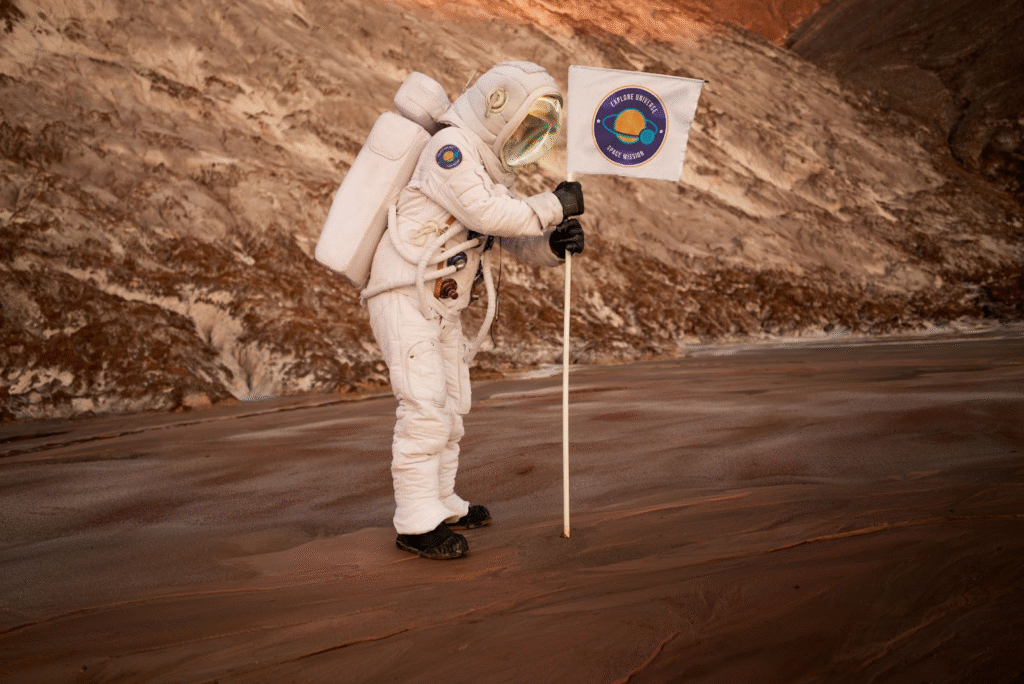Introduction
Sattelitter By finding us our way of predicting a serious weather situation with unknown routes, Setelites have become an integral part of our everyday lives. A sattelitter is an artificial object placed in space for certain uses like communication, surveillance, and scientific investigation. As we go further with the digital revolution, the use of sattelitter for contemporary infrastructure, national defense, and environmental observation has become a crucial component than ever before.
What Are Sattelitter and Why Are They Significant?
Defining the Term
A sattelitter is an artificial satellite sent into space to orbit the Earth or some other celestial object. Although the words “satellites” are used to describe them, the term sattelitter is frequently utilized in international terminology to indicate the significance of orbiting space devices across various industries.
Historical Evolution
The Soviet Union’s launch of Sputnik 1 in 1957 ushered in the space age. The pioneering orbiter opened up new ideas around the world about outer space and triggered decades of technological rivalry and advancement. Thousands of spacecraft have been launched ever since, with a multitude of uses.
Types of Sattelitter and Their Roles
Communication Satellites
A significant type of sattelitter, these space machines assist in carrying data, voice, and video signals. They support services including:
- Television broadcasting
- Internet access in remote regions
- International phone connection
Private companies such as SpaceX and OneWeb are launching large satellite constellations to provide global broadband coverage.
Earth Observation and Weather
These orbiters give instantaneous images and environmental information that are essential for weather forecasting, climate observation, and disaster management. Increasing climate issues have made weather satellites vital assets for meteorologists and environmentalists.
Global Navigation
Navigation-derived sattelitter enable GPS and associated services. These systems navigate airplanes, vessels, and automobiles by delivering precise geolocation information. Global transportation and logistics would be in disarray without this space-based system.
Scientific Exploration
Satellites like the Hubble Space Telescope and James Webb Space Telescope enable us to explore black holes, stars, and galaxies. They also enable research of Earth’s oceans, land masses, and atmosphere from space.
Military and Defense Applications
One key role of numerous sattelitter is national security. They are utilized by defense agencies for:
- Reconnaissance
- Missile tracking
- Surveillance
- Secure communication
These space assets are commonly deployed in low Earth orbits for swift imaging and intelligence.
How Sattelitter Function
Orbits and Altitudes
A sattelitter is positioned into different orbital trajectories according to its purpose. These are:
- Low Earth Orbit (LEO) – For imaging and internet
- Medium Earth Orbit (MEO) – For navigation systems
- Geostationary Orbit (GEO) – For continuous communication signals
Each orbit provides specific benefits according to coverage area and delay in data transmission.
Power Supply and Control
Most space vehicles employ solar panels to generate power from sunlight. Batteries hold this energy to maintain instruments operational even when the planet is in its shadow phase. Orientation, power allocation, and ground communication are controlled by onboard computers.
Ground Support
Satellite ground facilities track the condition and location of orbiters. They also send commands and obtain gathered data for analysis. In the absence of such ground equipment, the value of space-based resources would be limited.

Benefits of Space Technology Today
Global Connectivity in Real Time
From Zoom meetings to live broadcasts, satellites facilitate unfettered, borderless communication. They also ensure emergency response during natural disasters with connectivity intact when terrestrial networks are down.
Precision Farming
Through the use of remote sensing satellites, farmers are now capable of evaluating crop health, scheduling irrigation, and land use monitoring. This encourages sustainable agriculture and optimizes yield.
Environmental Monitoring
Spaceborne sensors monitor deforestation, glacial retreat, ocean temperatures, and so on. The information is instrumental in fighting climate change and sustaining global ecosystems.
Economic Growth
The space industry is thriving, with sattelitter technology leading the way in job generation and innovation. Industries like logistics, insurance, and navigation are dependent on satellite information.
Challenges in the Sattelitter Industry
Space Debris
One of the most significant issues is the buildup of junk in orbit. Derelict satellites, failed pieces, and debris from previous crashes present real risks to operational systems.
High Launch and Maintenance Costs
Even with declining costs of launch from reusable rockets, the up-front investment in satellite design, launch, and ground facilities is still considerable.
Cybersecurity Risks
Contemporary sattelitter are susceptible to cyber threats, jamming, and hacking. Data integrity and secure communication are of utmost importance to space agencies and private operators.
Future of Sattelitter Technology
CubeSats and Small Satellites
Small satellites are transforming space missions. Inexpensive and compact, they enable smaller countries and private corporations to participate in the space race.
Mega Constellations
Amazon and SpaceX are constructing enormous networks of sattelitter to bring the internet anywhere. These systems can reach billions of individuals who do not have dependable internet access.
AI and Automation
Satellite artificial intelligence is being used more and more to manage and process data from satellites. Intelligent orbiters can now monitor for wildfires, manage energy consumption, and even make repairs in space.
Interplanetary Missions
Outside Earth, the future sattelitter will aid in discovering planets such as Mars, Jupiter, and beyond. They’ll transmit information from rovers, analyze extraterrestrial atmospheres, and aid in navigating deep space.
Sattelitter in Daily Life
You use sattelitter technology more frequently than you realize:
- Watching satellite television
- Using GPS to navigate
- Having weather forecast apps
- Looking at Google Earth images
- Receiving emergency messages
All of these tools operate silently behind the scenes, all thanks to ongoing innovation in orbital systems.
Read more: Read this part of the graph too.
Conclusion
In our globalized world, the use of setelites and Seviate Space technology expands its role. Whether you provide internet use to separate villages or help scientists see the earth from space, these human wonders build the future of humanity. With ongoing innovation and proper regulation, setelites will remain the most important columns in communication, science, defense and coming centuries to come.
Frequently asked questions (FAQ)
Q1: What is the main feature of a setelites?
A setelites have special functions such as communication, navigation, observation of the earth or scientific research moving around the earth.
Q2: How long does a seat lines last in space?
Most paths are designed to live for 5-15 years depending on their mission and orbital environment.
Q3: Are natural satellites present?
Yes, the moon is the only natural satellite on earth. But when we use setelites here, we talk about artificial types.
Q4: Can set lice crash in each other in space?
Yes, especially in dense classes like Leo. This is why the collision and space traffic management become important.
Q5: Who controls the launch of Setelites?
National space agencies such as NASA, ESA, Isro and international bodies such as ITU control space activities and spectrum use.





